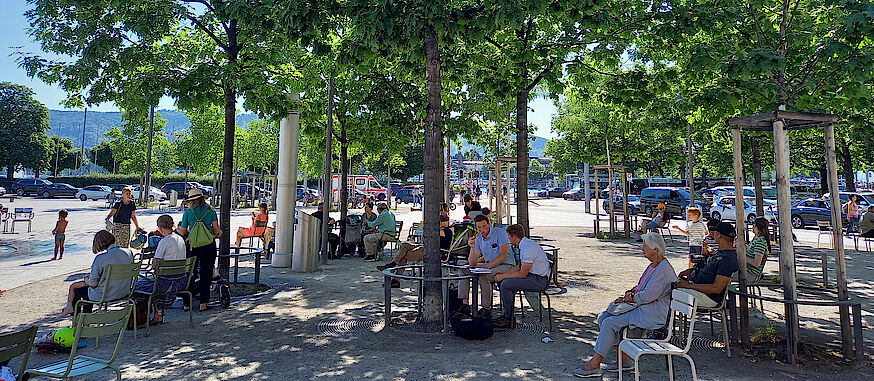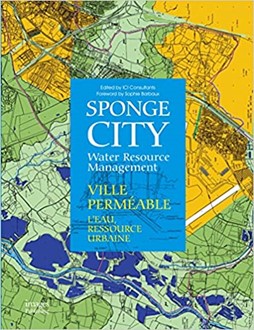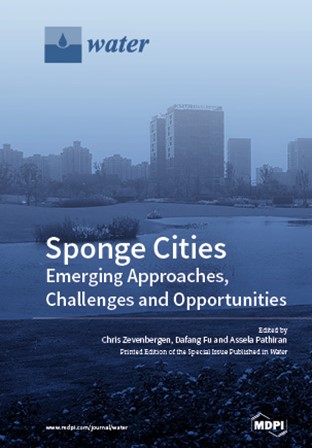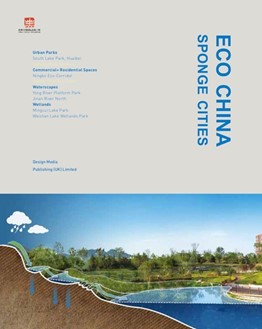Wassercluster - Was ist das?
Schwammstadt – Regenwassermanagement – GaLaB6
Die blau-grüne Siedlungsentwicklung ist von hoher Bedeutung für unsere Lebensqualität in Städten. Eine resiliente Infrastruktur ist dabei der Schlüssel, um auf die Veränderungen durch den Klimawandel vorbereitet zu sein. Der sorgsame Umgang mit Regenwasser ist von unverzichtbarer Bedeutung und umfasst die effiziente Nutzung, den Schutz der Wasserressourcen (Qualität, Menge) sowie die Vermeidung von Schäden (Hochwasser, Starkregen). Zudem sollen in der blau-grüne Gestaltung vor allem Bäume Schatten spenden und die Verdunstung fördern. Infrastrukturelemente für eine wassersensible Stadtentwicklung sollten sich durch Multifunktionalität und Langlebigkeit auszeichnen.
Weitere Informationen finden Sie hier: Wassercluster
Literatur zum Thema
Aktuell ist in der Bibliothek am Campus Rapperswil-Jona ein Büchertisch mit einer Sammlung passender Literatur zum Thema bereitgestellt. Sie sind herzlich eingeladen, vorbeizukommen und darin zu stöbern. Nachfolgend stellen wir Ihnen eine kleine Auswahl der verfügbaren Literatur vor.
Mittels Klicks auf das Bild gelangt man zur Aufnahme in swisscovery oder zum Volltextzugriff innerhalb des Campus-Netzwerks.
Water as a resource is irreplaceable. Yet heavy rainfall can become an absolute disaster - even in modern cities - if rainwater is not drained out in time. A great deal of effort in water resource management is directed at optimising the use of water and in minimising the environmental impact of water use on the city environment. The term "Sponge City" refers to the idea of a city where its urban underground water system operates like a sponge to absorb, store, leak and purify rainwater, and release it for reuse when necessary.
The book comprises 41 projects of urban landscape architecture, showing the exploration of the role of water management in urban spatial planning. These projects (all based in France) showcase how this notion is not just a response to the system's functional demands, but also how it should take into account the development of ecological and biological diversity with respect to space and landscape intervention models, and the fusion of how the various elements of the outdoor space can enhance the quality of the environment at the same time.
(Quelle: lehmanns.ch)
Primarily as a response to increasing flood, impacts, the Chinese Central Government launched a program to implement the Sponge City Concept in selected pilot cities across China in 2013. As a result, the Sponge City Concept is gaining ground and becoming more and more accepted by city governments. The first best practices of the pilot cities are being shared, and international exchange activities between research institutions and cities are providing guidance on the design and implementation of new concepts and technologies. However, there are still many technical, institutional, and socio-economic challenges ahead that hamper wider uptake and up-scaling in China. While the Sponge City Concept is new, the approaches and technologies involved in it, and therefore related challenges and opportunities, have been tried out in many different parts of the globe under the guise of terminologies such as water sensitive cities, Sustainable Drainage Systems, low-impact development, and ABC waters. This book aims to capture a selection of these experiences from China, as well as from other countries in both the developed and developing world, and draws lessons from these experiences relevant to the Sponge City Concept.
(Quelle: directory.doabooks.org)
In 2014, China initiated its national action plan for sponge city development aiming to tackle urban water and environmental challenges. Since then, numerous projects have been implemented across 30 pilot cities and beyond in China through two development stages. The sponge city development, based on a systematic approach of 'source reduction, process control, and systematic remediation', adopts comprehensive technical measures of 'infiltration, detention, retention, purification, utilization and discharge', and coordinates the different aspects of water quantity and quality, ecology and safety, centralized and decentralized, green and grey, landscape and function, on-shore and off-shore, surface and underground, etc.
(Quelle: Provided by publisher)
Stadtbaukonzepte aus China zum Thema Schwammstadt. Das Ziel der Schwammstadt ist, das Niederschlagswasser dort zwischenzuspeichern, wo es fällt. Ein Grossteil kann über "grüne Elemente" wie Mulden, Baum-Rigolen, Gründächer und -fassaden verdunstet und vor Ort versickert werden, was wiederum den Abfluss stark reduziert.
(Quelle: weltbild.ch)

Schwammstadt-Prinzip: vom Rohr-Boden- zum Boden-Rohr-System
Schwammstadt - die Gestaltung des städtischen Bodens im Strassenraum bietet bisher ungenutzte Handlungsmöglichkeiten zur Umsetzung von Maßnahmen gegen urbane Sturzfluten und überhitzte Städte.
(Quelle: Schwammstadt-Prinzip, Christoph Brennerscheidt)
Link zum PDF-Dokument
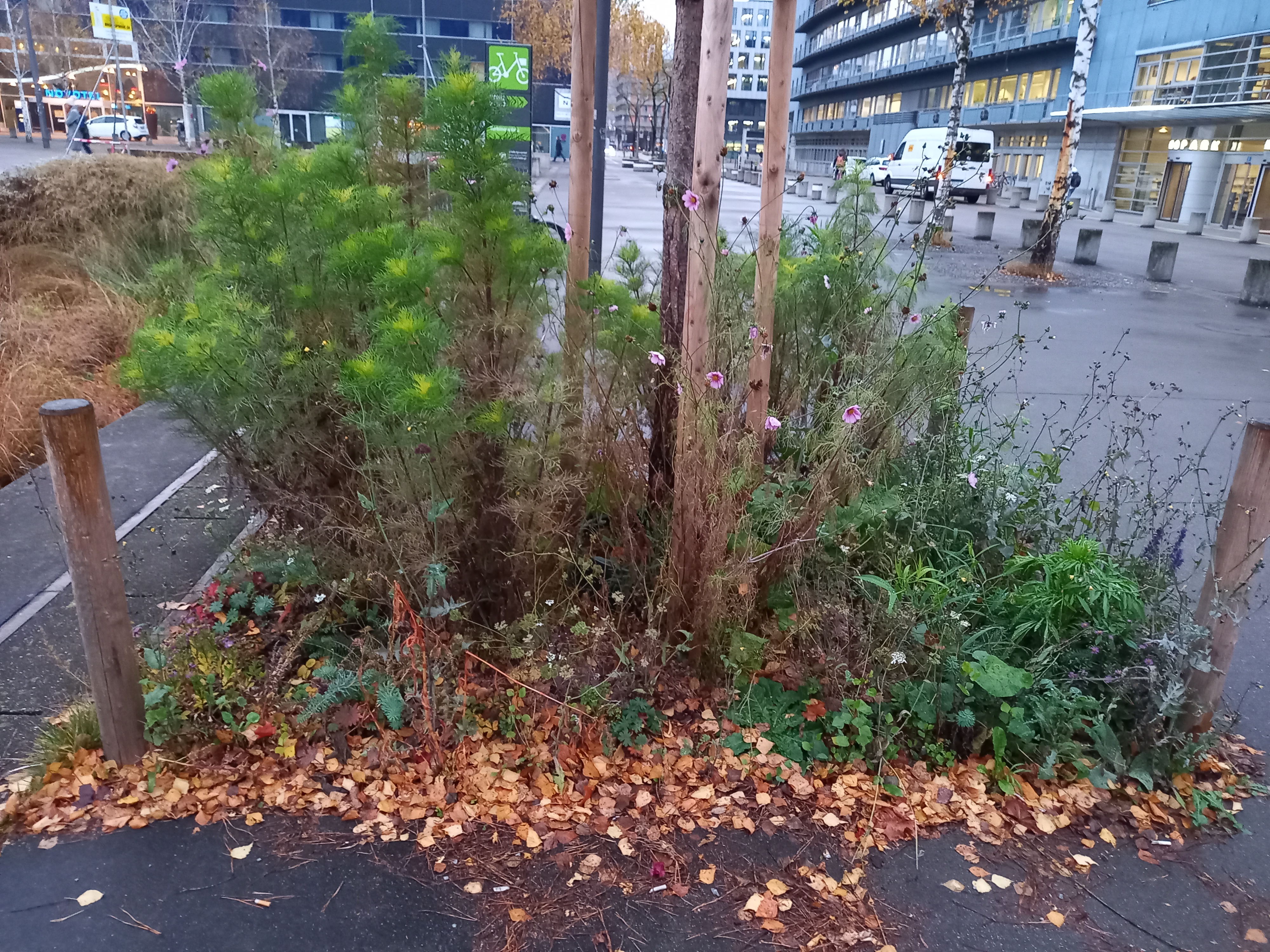
Schwammsdtadt im Strassenraum
Im Strassenraum sind nicht nur die Anforderungen an eine standortgerechte Begrünung und an den Rückhalt von Wasser für die Pflanzen hoch, auch soll das Strassenabwasser möglichst schnell abgeführt und gereinigt werden. Im Rahmen einer umfassenden Recherche wurden der Wissensstand und die offenen Herausforderungen zusammengetragen, verbunden mit konkreten Handlungsempfehlungen für die Planungspraxis.
(Quelle: Schwammsdtadt im Strassenraum)
Link zum PDF-Dokument
Kommentare
Keine Kommentare


